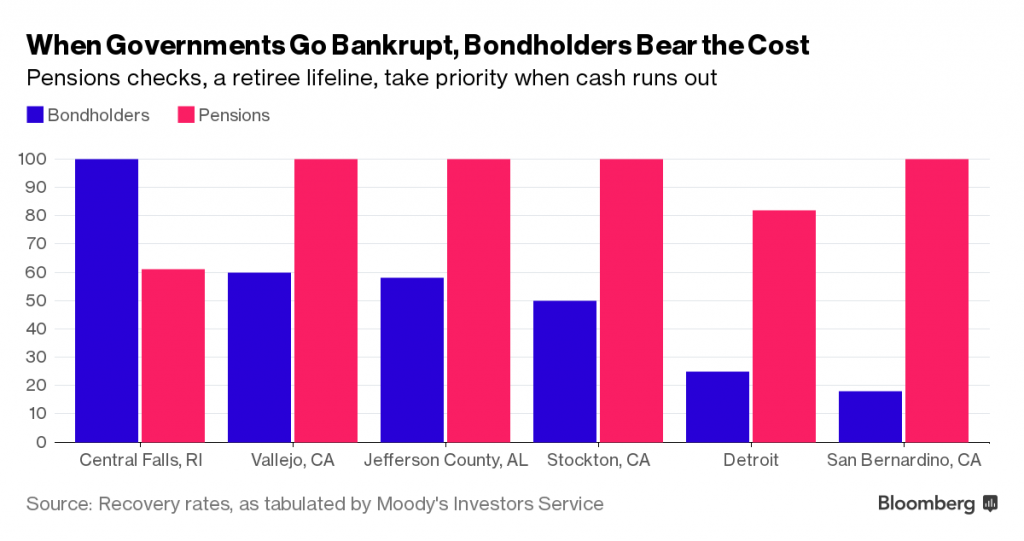The rule that launched a thousand memos – the DOL fiduciary rule – is the subject of an excellent cheat sheet published by PlanSponsor. Read the whole thing here.
Among some of the helpful highlights:
– The rule redefines the term “fiduciary” as it applies to “investment advice” from advisers and retirement service providers. As a result, many service providers, particularly those who service participants, will become fiduciaries for either the first time or with respect to more of their activities. Under the old rules, some advisers (and service providers) were not subject to the fiduciary duties imposed by ERISA, the law governing retirement plans, or similar rules applicable to IRAs. Under the final rule, any individual receiving compensation for making investment recommendations that are individualized or specifically directed to a particular plan sponsor or fiduciary running a retirement plan (e.g., an employer with a retirement plan), plan participant, or IRA owner for consideration in making a retirement investment decision could be a fiduciary subject to the new rules (unless they satisfy certain exceptions from the rules).
– Many of the educational activities we currently have today will still be permitted, so that plan fiduciaries, sponsors and the entities who work with them will not risk becoming subject to the new fiduciary standard for advisers merely due to the fact that such education is provided. There was some concern that certain types of education that had previously been permitted—naming specific investment options in asset allocation models, for example—would no longer be permitted, but the final rule dropped such restrictions for plans (but not IRAs)—but there are certain requirements that apply.
– As for its effect on retirement plan fiduciaries and sponsors, there will be little direct effect, but those who advise retirement plan participants, and the firms who employ such individuals, are likely to be affected. Further, if you deal with more complex investments (if you are a larger plan), some of your investment structures could be impacted. For example, if your recordkeeper employs individuals who provide advisory services to participants, those recordkeepers could be affected.
As for 403(b) plans:
403(b) plans that are not subject to ERISA (i.e. governmental plans, church plans, and elective deferral-only plans utilizing the 29 CFR 2510.3-2(f) safe harbor) are not subject to the final fiduciary rule at all. However, rollover IRAs from these plans could be caught in these rules.

